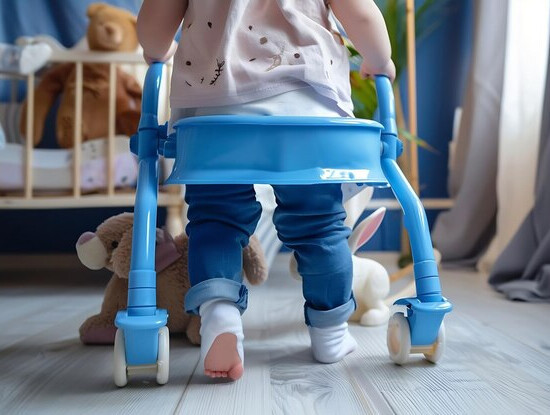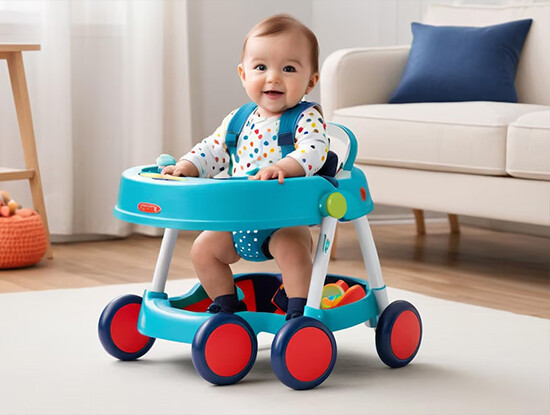NEWS
Recently, child development experts have called on parents to attach importance to the correct use of baby walkers during children's growth stages. As a tool to assist children in learning to walk, baby walkers play a special role in the process of children's growth.

When children are around 9 to 12 months old, their bodies gradually become ready for standing and attempting to walk. At this time, baby walkers can provide the necessary support, helping children practice their leg strength and sense of balance in a relatively safe environment. For example, when children try to stand up, the stable frame of the baby walker can prevent them from falling frequently due to unstable centers of gravity, giving them repeated opportunities to practice standing and exercising the supporting ability of their leg muscles. At the same time, baby walkers can also expand children's range of activities, allowing them to freely explore the surrounding environment within a certain area, stimulating their curiosity and promoting the development of their cognitive abilities. When children move around with the help of a baby walker, they can see more different things and access new spaces, so that their perception of the surrounding world is no longer limited to a small fixed area.

However, experts also remind that the use of baby walkers must strictly follow the laws of children's growth. Children's growth is a gradual process, and crawling is extremely crucial for the development of children's large muscle groups, the establishment of a sense of balance, and the cultivation of spatial perception ability. Using a baby walker too early may cause children to miss the crawling stage, affecting the development of their physical coordination and the brain's control over limb movements. It is generally recommended to introduce a baby walker for assistance only when children have fully mastered the crawling skill and their legs have enough strength to support part of their body weight.
